No motorcycle is forced to exist within the category given to it by the manufacturer
The question of whether or not a motorcycle is worth it's price can really only be answered by the buyer. What I consider a good value might be different from someone else. A better question might be, are expensive adventure touring motorcycles the only choice for on/off road riding with a mixture of long distance touring? The answer to that question is 'no.'
A fun and less expensive motorcycle for this type of riding is a used or new dual sport or smaller adventure touring motorcycle. Both types have the potential to provide just as many adventures as their larger cousin. These motorcycles can cost as little as 2 or 3 thousands dollars used, and some new models are under $5k. That's a big savings when compared to motorcycles that cost $14k or more.
The features found on dual sport and adventure touring motorcycles are often times similar. Both types of motorcycles are designed for on and off road riding. Some commonalities are longer travel suspension, tires for on/off road use and standard riding position. Where they seem to differ the most is the stock adventure touring motorcycle is designed more for street riding than dirt by having a windshield for wind protection, larger engine, larger frame and tires that are more oriented for street use. Even different model dual sport motorcycles will vary in their features and design for street or dirt use. However, any motorcycle can be modified to improve whatever type of riding you prefer. No motorcycle is forced to exist within the category given to it by the manufacturer. Meaning, it's possible to modify a dirt bike for street use and vise versa.
A stock big adventure touring motorcycle provides better on-road performance for long distance travel or commutes. A bigger motorcycle provides a larger payload and usually more space for luggage or a passenger. A more powerful engine is better for passing cars and traveling at higher speeds, and taller transmission gear ratios are better suited for highway travel. The higher weight and longer wheelbase provide better stability for high speeds making the motorcycle more stable in winds, or in situations when larger vehicles like a semi truck passes by. However, these features that provide better freeway performance come at a cost.
A motorcycle with a bigger engine provides more power and performance, and a larger frame provides increased payload, but these features also increase motorcycle weight. A higher weight can make riding at slower speeds on or off road more difficult and less fun.
Most dual sport and smaller adventure touring motorcycles weigh less than the big expensive adventure touring motorcycles. This means the bike can be ridden with less work required from the rider, and this makes riding more enjoyable and fun. It becomes very difficult for most people to keep a big adventure touring motorcycle upright when riding off road and faced with obstacles like ruts, narrow trails or big rocks. A real life example of this is a yearly event created by a BMW R1200GS motorcycle club in Colorado when the R1200GS was BMW's only adventure touring motorcycle. The club is located near mountains with good fire roads and trails for off road riding. The club got together one day and created an annual motorcycle riding event through local mountain fire roads and trails that lasted 24 to 48 hours. Anyone can signup for the event as long as you have a motorcycle that's 650cc or larger in size. The ironic thing about this story is the ride event was formed by BMW R1200GS owners, but after a few years of it's existence, most people participating in the event, including club members, were showing up on Kawasaki KLR 650's. The big BMW R1200GS adventure motorcycle, especially with luggage, were too big and heavy and hard to ride on rough dirt roads and mountain trails.
There aren't many examples of dual sport motorcycles being used for long distance touring, but there is one guy named Dr. Gregory Frazier. He rode around the world on a Kawasaki KLR 650. I actually posted a link to some of his articles several years ago, which you can find here:
Touring on a 2009 Kawasaki KLR 650. How long will a KLR last?. The Kawasaki KLR650 has been manufactured since 1987 and has always been considered a dual sport motorcycle, but has recently been called an adventure motorcycle in advertising print by Kawasaki, only because the word 'adventure' has gained marketing value in today's motorcycle market.
I own a 2009 Kawasaki KLR650, which I bought new and have put close to 40,000 miles on it. I have no plans of trading it in on any big adventure touring motorcycle, and if I forced to get rid of it, I would probably trade it in for the newer version KLR 650 set to be released in 2022.
Examples of lower priced, smaller motorcycles that can easily be ridden on or off road:
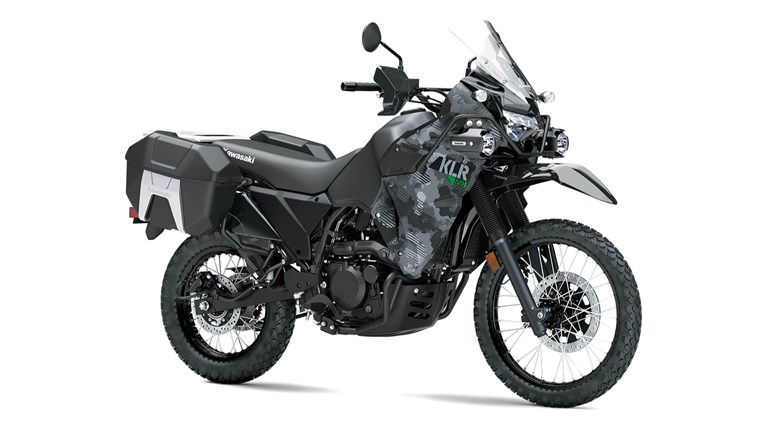
The 2022 Kawasaki KLR650, which Kawasaki calls the 'Adventure' model. MSRP $7999
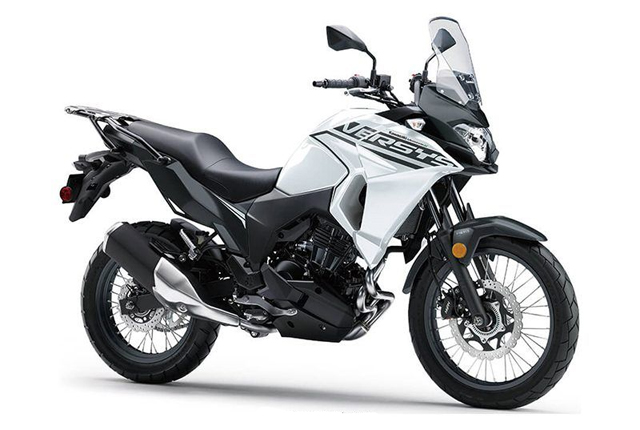
Kawasaki Versys X-300, MSRP $5899
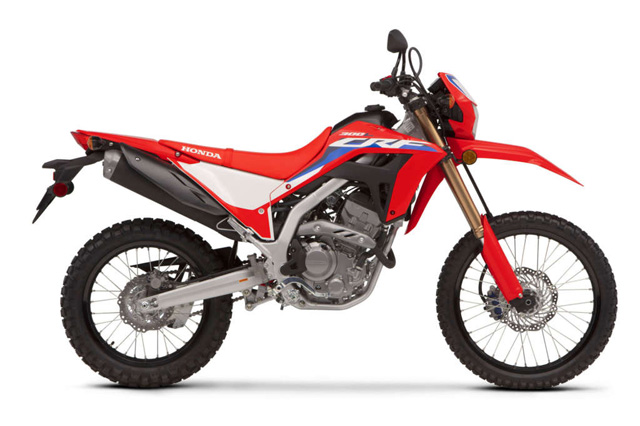
The 2021 Honda CRF300L. MSRP $5249
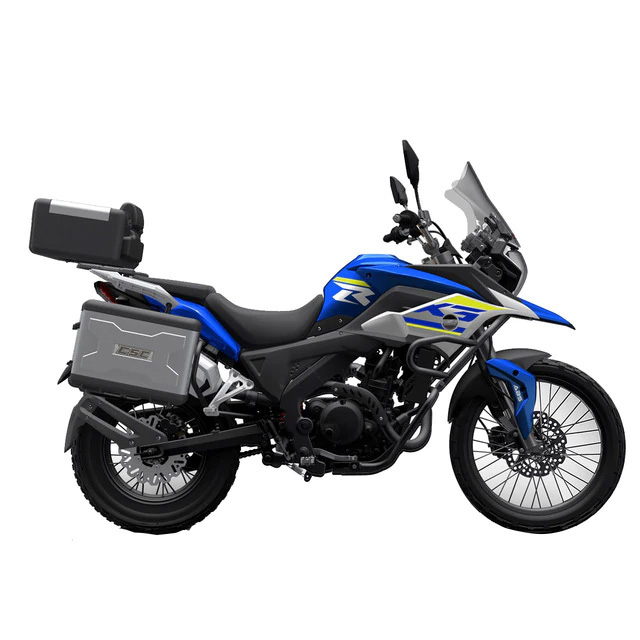
The CSC RX3 Adventure. MSRP $4195. This is a Chinese made motorcycle. I don't think they're as reliable as Japanese or American made motorcycles and they lack good dealership support outside of the one dealer in California, but they are less expensive and some people do swear by them. The engine displacement is 250cc and the motorcycle can be ridden on the freeway. A RX3 riders group rode this motorcycle from California into Mexico and back. CSC also has a larger 450 version called the RX4 with an MSRP $4995.
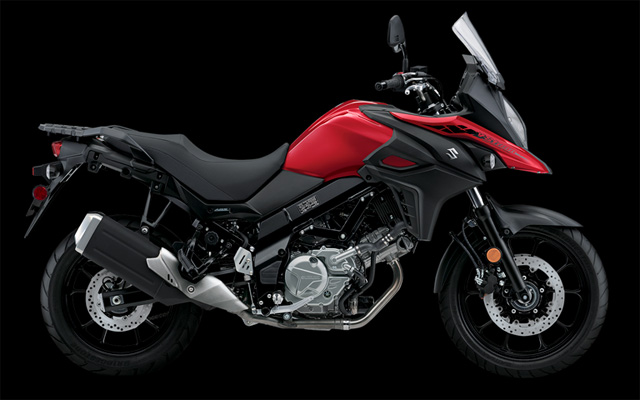
2021 Suzuki Vstrom 650. MSRP $8849